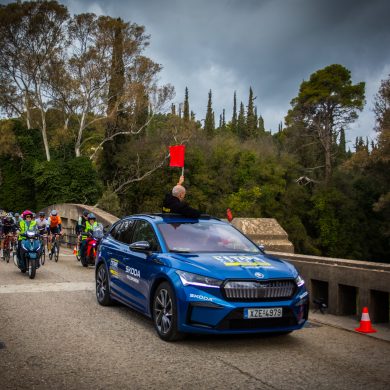
The Hyundai Motor Company Revealed
Detailsfor its uniquemini EV based on concept car "45" with a short film. The 6-minute video highlights how the minicar uses the technology
Emotion Adaptive Vehicle Control (EAVC) to support young patients in
SJD Barcelona Children's Hospital in Spain as part of the project "Little Big e-Motion.
EAVC is a technology
artificial intelligence that optimises the vehicle environment based on information
inside and outside the vehicle. Hyundai Motor Group is leading this development
next generation technology, in the context of
academic research collaboration with the Massachusetts Institute of
Technology (MIT) Media Lab.
EAVC technology tracks facial expressions,
heart rate and respiratory rate and combines these measurements
with vehicle information, including speed, acceleration,
noise and vibration. The technology then processes the
data to optimise the vehicle's environment and actively controls the
its systems such as lighting, clima, music and perfume spray.
EVAC is the heart of the project "Little Big e-Motion" Hyundai. Equipped with this technology,
the mini EV and designed by the same team that oversaw the "45" concept - will
used to support treatment of young patients in hospitals.
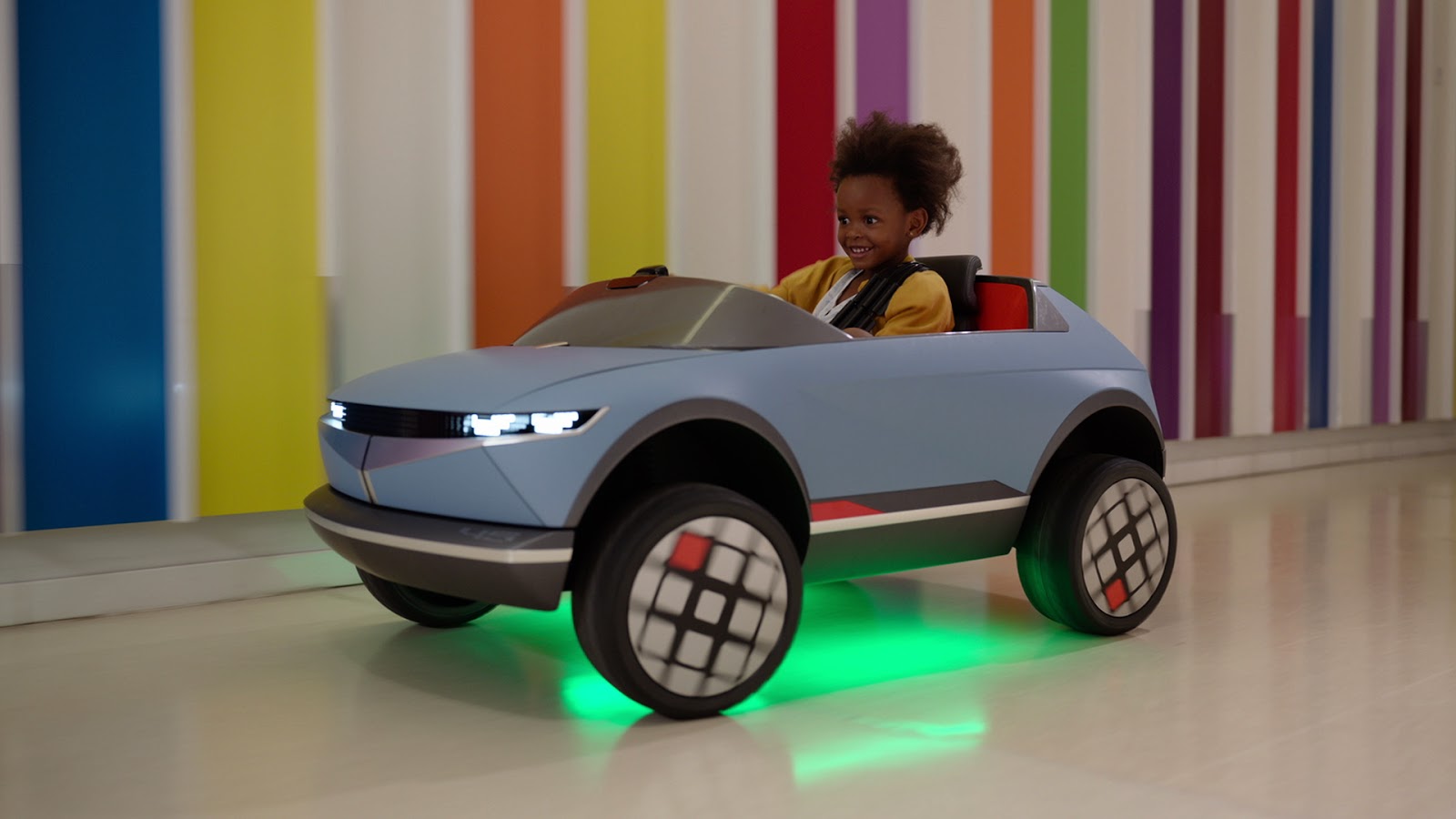
Hyundai donated this unique
EV at the SJD hospital in Barcelona, where it will be used to support
moving young patients from the hospital bed to the treatment room,
which is considered one of the most stressful journeys for children.
"We want our technology to help improve the
life of our customers in various mobility spaces other than roads."
said Mr. Jinmo Lee, Senior Research Engineer of Hyundai Motor who led the
of the project. "We hope that the technology
EAVC in minicar will offer a fun,
safe mobility experience for young patients and will contribute to the
improving their health".
The video created by Hyundai Motor follows a day of treatment of a
of a young patient at SJD Hospital. He is initially concerned about treatment, but the new
her friend, the mini EV, soon reveals its magic, giving her courage to
and making her feel more ready for her treatment.
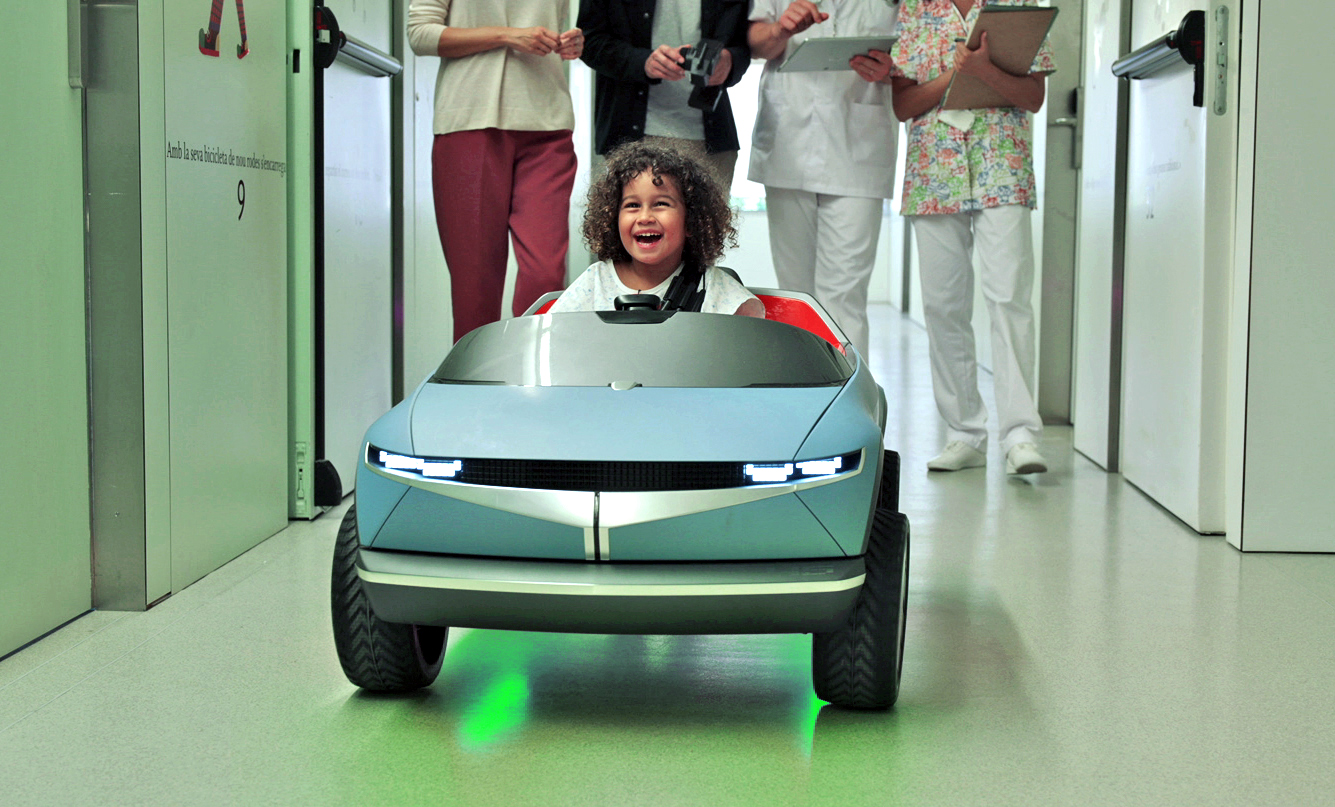
The mini EV interacts with its young "driver" through five key technologies: Facial Emotion Recognition
System, Breathing Exercise Belt, Heart Rate
Monitoring Sensor, Emotion Adaptive Lighting and Emotion Adaptive Scent Dispenser.
The Facial Emotion Recognition System uses a front-facing camera
from the seat to recognise the child's emotions in real time.
The Breathing Exercise Belt wraps around the body and
exerts gentle pressure, helping to reduce stress and allowing for more effective
steady breathing, while the heart rate monitor measures the heart rate of the
heart rate and breathing rate.
Emotion Adaptive Lighting displays green, yellow, and red
or red color to show the emotional state of the child in colors.
The Emotion Adaptive Scent Dispenser sprays fragrance according to your breathing rhythm
to help put a smile on the faces of young patients. The vehicle
also blows bubbles to celebrate the child's progress in therapy.
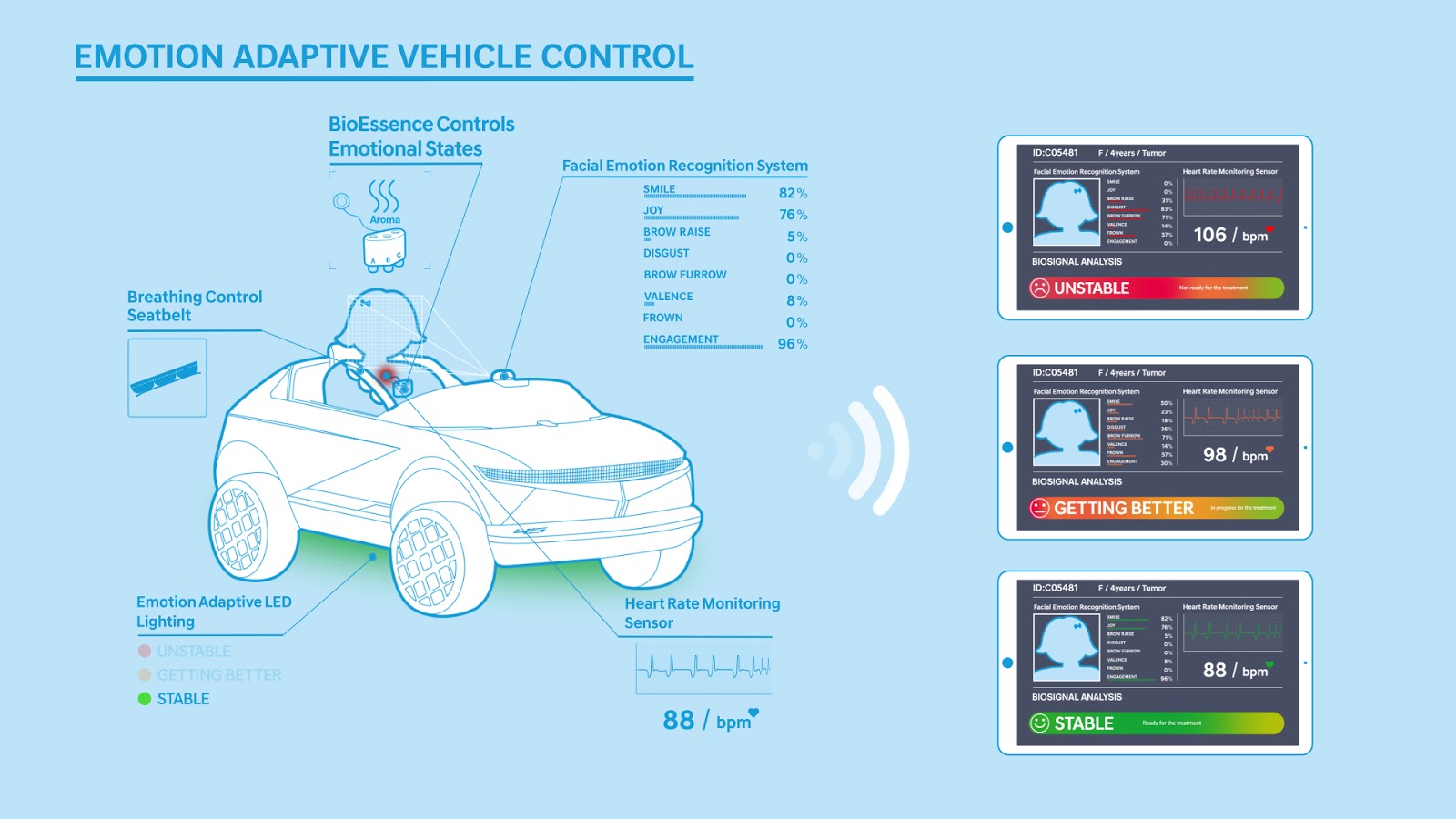
In addition to providing
emotional support to young patients, the EAVC also helps the work of
of the medical staff in the hospital by informing them of the emotional
situation of children without personal interaction, which is particularly
useful in this era of COVID-19.
"Everyone at the hospital is very excited that
have such technology for children," said Ms Joan Sanchez de
Toledo, Head of Pediatric Cardiology Department at SJD Hospital. "This
will dramatically change the way young patients will face
their treatment."
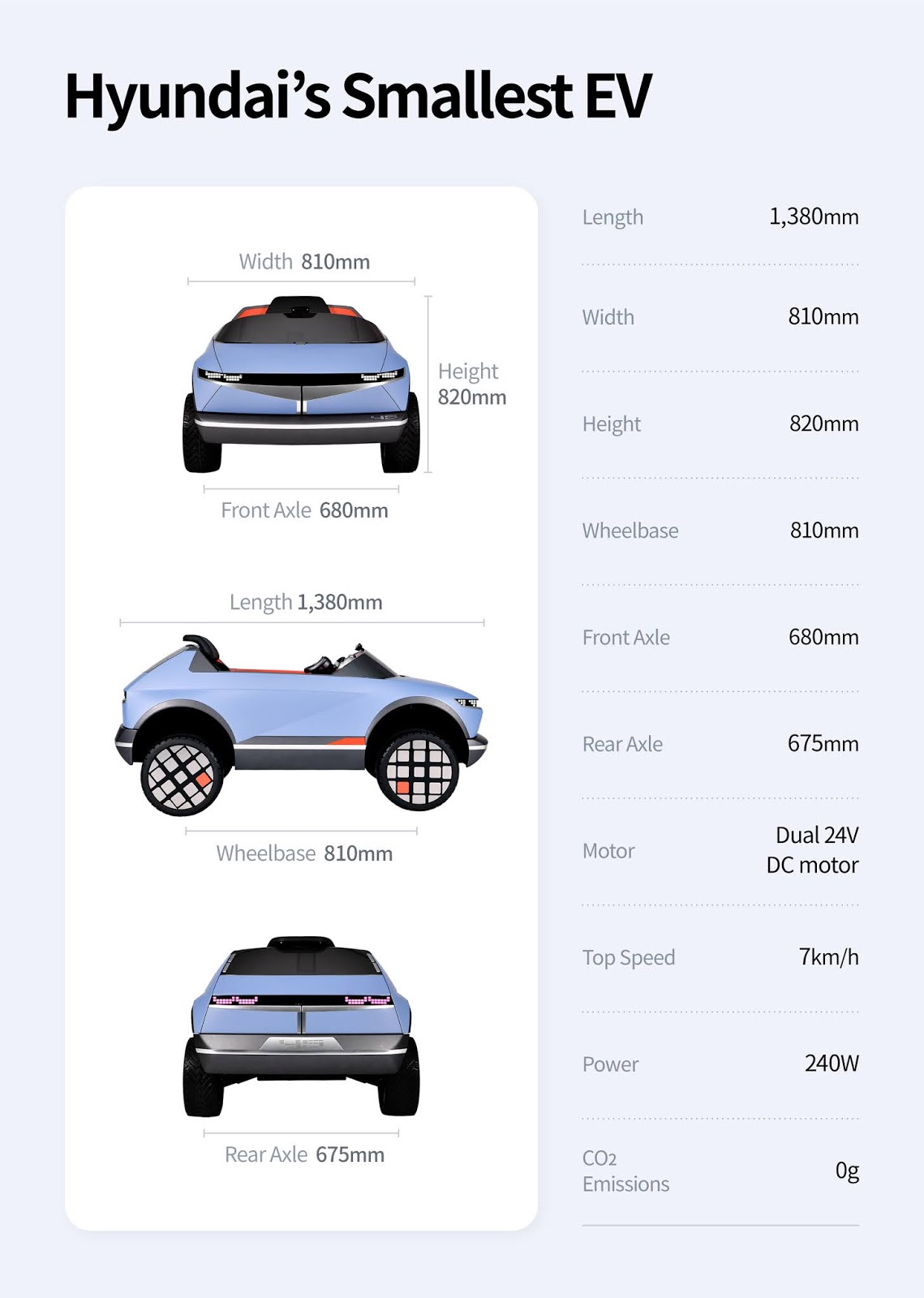
Hyundai Motor plans to continue supporting
treatment of young patients at the SJD hospital through the "Little Big e-Motion" project, while
improves EAVC technology through this application. The company hopes to
extends the use of this next-generation technology to mobility devices
in the future to improve the safety and well-being of drivers.
Πfollow the relevant
Video:



